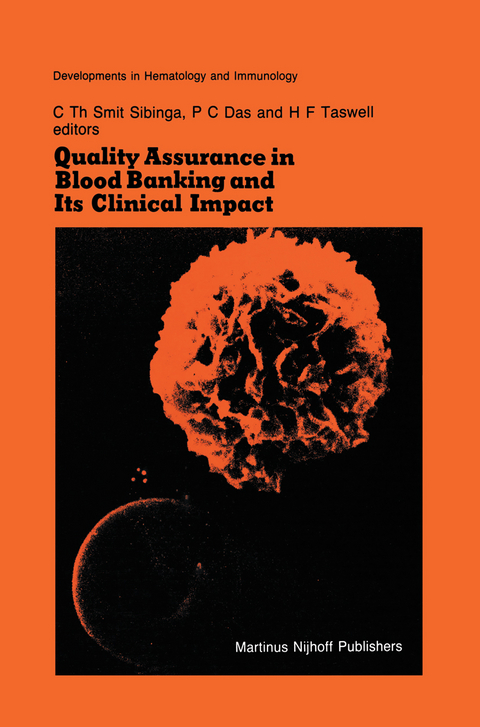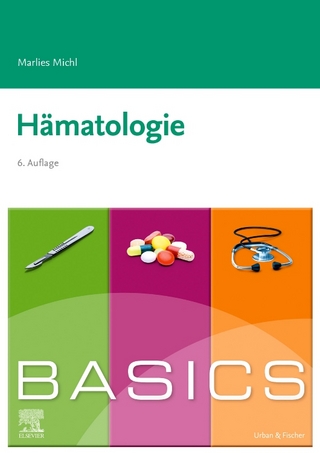
Quality Assurance in Blood Banking and Its Clinical Impact
Kluwer Academic Publishers (Verlag)
978-0-89838-618-9 (ISBN)
THE PHILOSOPHY OF QUALITY ASSURANCE IN THE BLOOD BANK H. F. Taswell One year before this symposium, Cees Smit Sibinga and I began to discuss an approach to quality assurance in the blood bank which we felt would be both important and practical and could serve as the basis for the choice of subjects to be presented in the symposium. As an introduction to this book, I would like to outline our approach, the subjects chosen and the rationale behind our choice. What is the fundamental purpose of a blood bank and trans fusion service? Simply stated, the purpose of a blood bank and transfusion service and of a quality assurance program in blood banking is, for the one to provide and, the other to assure safe and effective transfusion therapy. This objective is in contrast to that of other clinical laboratories. The objective in a clinical chemistry laboratory is to produce accurate test results which will be meaningful to the clinician taking care of his patient. In most clinical laboratories, therefore, the goals of a quality assurance program are largely quantitative, that is, to assure accurate numerical test results. In contrast, in the blood bank, the goals of quality assurance are primarily qualitative, that is, to assure safe and effective transfusion. As a result, two somewhat different approaches to quality assurance are necessary.
I. Principles and organization of quality assurance.- International organization of quality assurance.- A national framework of bloodtransfusion organization.- Bloodtransfusion practice in hospitals: A topic for quality assurance.- Discussion.- II. Systems and procedures.- Principles and practices of quality control.- Blood bank standards and procedure manuals.- Administrative procedures and a machine-readable system to assure quality control within a blood bank.- Quality assurance of serological reagents.- Quality control of equipment.- Quality control of blood components.- Immunoglobulin production: Organization and quality control of source material.- Bacterial surveyance in a blood bank.- Discussion.- III. Personnel.- Job descriptions, competency testing and selection of personnel.- Training programs for blood bank personnel.- Continuous education in blood banking and bloodtrans-fusion practice.- Discussion.- IV. Clinical efficacy.- Transfusion practice: Aspects of safety related to clinical efficacy.- Transfusion reactions.- Transmittable diseases and bloodtransfusion.- Platelet transfuseion: Quality control.- Clinical efficacy and safety of Factor VIII concentrate.- The use of indium-labeled granulocytes to help assess the clinical efficacy of granulocyte transfusions.- Discussion.- V. Error Analysis.- Error analysis: Types of errors in the blood bank.- Error analysis: Methods of detection, analysis and control.- Discussion.
| Reihe/Serie | Developments in Hematology and Immunology ; 7 |
|---|---|
| Zusatzinfo | XVIII, 250 p. |
| Verlagsort | New York |
| Sprache | englisch |
| Maße | 155 x 235 mm |
| Themenwelt | Medizinische Fachgebiete ► Innere Medizin ► Hämatologie |
| ISBN-10 | 0-89838-618-7 / 0898386187 |
| ISBN-13 | 978-0-89838-618-9 / 9780898386189 |
| Zustand | Neuware |
| Haben Sie eine Frage zum Produkt? |
aus dem Bereich


